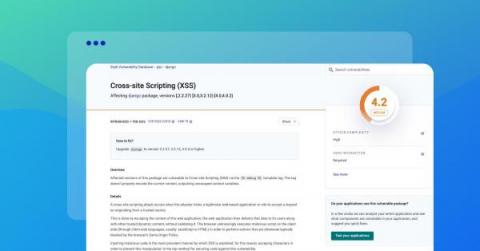Data leak in the Netherlands: What developers should learn from this
Currently, there are a series of data leaks going on in the Netherlands. Blauw, a prominent market research firm in the Netherlands, reported a data leak earlier this week. Blauw offers qualitative market research for companies and events, and works with many big Dutch brands. The current leak of customer data has already resulted in personal data exposure for a substantial number of Dutch consumers.

























